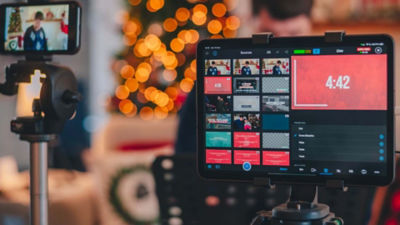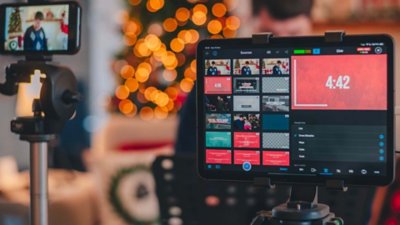Shifting from a long history of live fundraising and donor engagement strategies to virtual events is one of the most challenging shifts for many nonprofits. The disheartening truth that some virtual events haven’t yielded the same results as live fundraisers has many nonprofit leaders questioning the move to virtual.
Nonetheless, there is ample evidence and data to demonstrate both the importance and potential of virtual events in sustaining and driving growth for nonprofits. By the numbers, a significant majority of people value and participate in virtual events:
- 71% of Americans are interested in participating in virtual experiences in lieu of attending physically
- 67% of Americans are likely to participate in virtual experiences
- 73% of Americans feel better about a brand that provides virtual experiences
Source: MKTG/SRi Coronavirus Sponsorship and Experiential Study,
Wave 4 (491 respondents) & Wave 5 (483 respondents), May 2020
With the rate of digital adoption rising more over the past few months than it has in the last five years, these majorities will only continue to grow. It’s vital that nonprofit leaders see past common perceptions about virtual events that we know to be incorrect:
Perception: “Virtual experiences are boring and not on par with what my audiences expect.”
Truth: Sure, simply taking your existing content and event type and putting them online can be boring, and that’s dangerous. The exit door for a virtual event is always just 10 pixels away. Fortunately, pressure on the virtual events industry has created tons of innovation in that space – and fresh thinking about the objectives of an event will lead to ways to use these new tools in exciting and engaging ways.
Perception: “Virtual experiences can’t deliver the same outcomes as physical.”
Truth: VE can deliver the same results – and more – when well-planned and executed. A virtual concert event by All-In Washington raised $48 million dollars to help communities facing disproportionate impact from COVID. In an example where we had more direct experience, one of our clients (not a nonprofit) typically expected 6,500 attendees at their flagship event– and instead drew 190,000 as they pivoted to digital this year, including 300 times more attendees from Africa than any previous event. This demonstrates how virtual events enable nonprofits to engage with people who couldn’t or wouldn’t attend a traditional event to create inclusion where there might have been a gap before.
Perception: “Virtual experiences are a trend that isn’t here to stay.”
Truth: While virtual-only experiences will likely be the de facto for the next six months and beyond, consumers’ virtual expectations and appetites are here to stay. Now is the time to lean in and transform existing assets (e.g. your brand’s .com) into media platforms built for what’s next and start laying the groundwork for hybrid (live and virtual) experiences moving forward.
The best way to predict the future is to create it
In the face of considerable uncertainty and unpredictability, nonprofits who chart a clear course for their virtual events strategy will be the most likely to succeed. Reimagine that strategy for the virtual world:
- Don't simply recreate your physical event: take advantage of the opportunity and the platform to target segments, enrich the journey, capture data, and deepen engagement.
- Develop an overarching strategy for ongoing virtual events, e.g, new donor acquisition vs. high value-donor nurturing vs. regional donor groups, etc.
- Leverage technology, rich content, partners/constituents, and social sharing strategies to elevate experiences and activate donor intent.
- Collect and utilize data from events to tailor follow-up events, personalize ongoing engagement, and measure success.
Scale as you go
It’s neither necessary nor advisable to, as the saying goes, “eat the elephant in one bite” when it comes to adding virtual events to your outreach and fundraising programs.
Consider smaller engagements first to gain forward momentum without a major immediate up leveling of resources. This will provide time to establish a tiered plan for bigger and more ambitious events that may require greater lead times and more significant pivots by your technology teams, staff, volunteers – and your donors.
Create a roadmap that enables a quick and easy pivot from physical to virtual events while you plan and prepare a long-term strategy that may include a variety of digital programs:
Plan for success
When evaluating the best approach for any virtual experience, there are core considerations and areas of focus essential to success, no matter the scale.
There’s a lot to each of these activities, so it’s important to give them ample time in your event development process. While each virtual event will have its own cadence and tactical components, here is a general process timeline we apply to many of our clients’ more modest events:
Want to learn more? Check out the other blogs in this series here, and view our recent webinar, How Nonprofits Can Thrive in the New Normal for an overview.

